Nicholas R. Jennings (auth.), Francisco J. Garijo, Magnus Boman (eds.)3540662812, 9783540662815
In the ten years since the first MAAMAW was held in 1989, at King’s College, Cambridge, the field of Multi-Agent Systems (MAS) has flourished. It has attracted an increasing amount of theoretical and applied research. During this decade, important efforts have been made to establish the scientific and technical foundations of MAS. MAAMAW publications are testimony to the progress achieved in key areas such as agent modelling and reasoning, multi-agent interaction and communication, and multi-agent organisation and social structure. Research results have covered a wide range of inter-related topics in each area including agent architectures, reasoning models, logics, conflict resolution, negotiation, resource allocation, load balancing, learning; social behaviour and interaction, languages and protocols, interagent and agent-human communication, social models, agent roles, norms and social laws, and static and dynamic organisational structures. The feasibility and the viability of the proposed models and techniques have been demonstrated through MAS applications in heterogeneous domains including electronic commerce, co-operative work, telecommunications, social and biological systems, robotics, office and business automation, public administration, social simulations and banking. As the applicability of the technology became understood, the multi-agent paradigm has been progressively accepted by product managers and system developers, giving rise to a considerable amount of business expectation from industry. These expectations do not rest on the concept or metaphor of agent, but on the development of MAS useful in an industrial setting, with real-time systems presenting the biggest challenge. |
Table of contents :
Agent-Oriented Software Engineering….Pages 1-7
Specification of Bahavioural Requirements within Compositional Multi-agent System Design….Pages 8-27
Agent-Oriented Design….Pages 28-40
A Developer’s Perspective on Multi-agent System Design….Pages 41-51
A Development Environment for the Realization of Open and Scalable Multi-agent Systems….Pages 52-62
Modelling Agents in Hard Real-Time Environments….Pages 63-76
Multi-agent Systems on the Internet: Extending the Scope of Coordination towards Security and Topology….Pages 77-88
Protocol Engineering for Multi-agent Interaction….Pages 89-101
Designing Agent Communication Languages for Multi-agent Systems….Pages 102-114
A Temporal Agent Communication Language for Dynamic Multi-agent Systems….Pages 115-127
Multi-paradigm Languages Supporting Multi-agent Development….Pages 128-139
An Efficient Argumentation Framework for Negotiating Autonomous Agents….Pages 140-149
Negotiating Service Provisioning….Pages 150-161
Cooperative Plan Selection Through Trust….Pages 162-174
Extending Social Reasoning to Cope with Multiple Partner Coalitions….Pages 175-187
Basic Mental Attitudes of a Collaborating Agent: Cognitive Primitives for MAS….Pages 188-209
Subjective Situations….Pages 210-220
Formal Analysis of Models for the Dynamics of Trust Based on Experiences….Pages 221-231 |
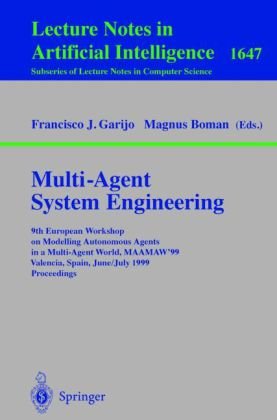
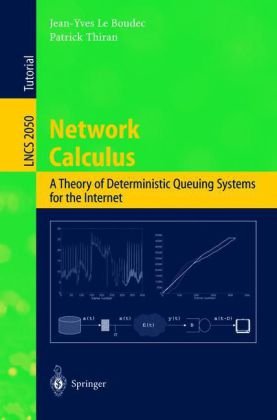
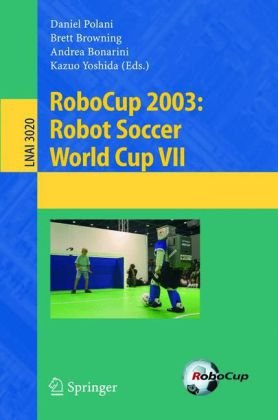
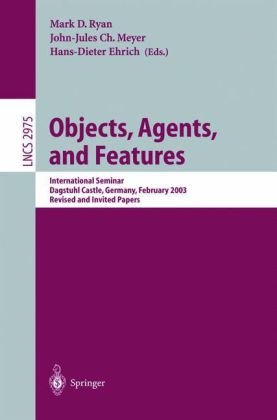
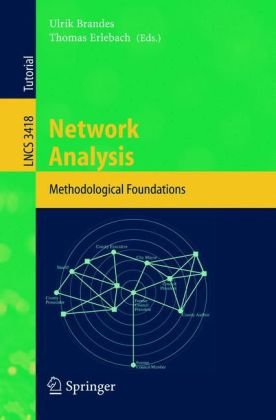
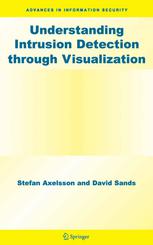
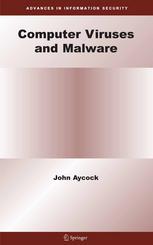
Reviews
There are no reviews yet.